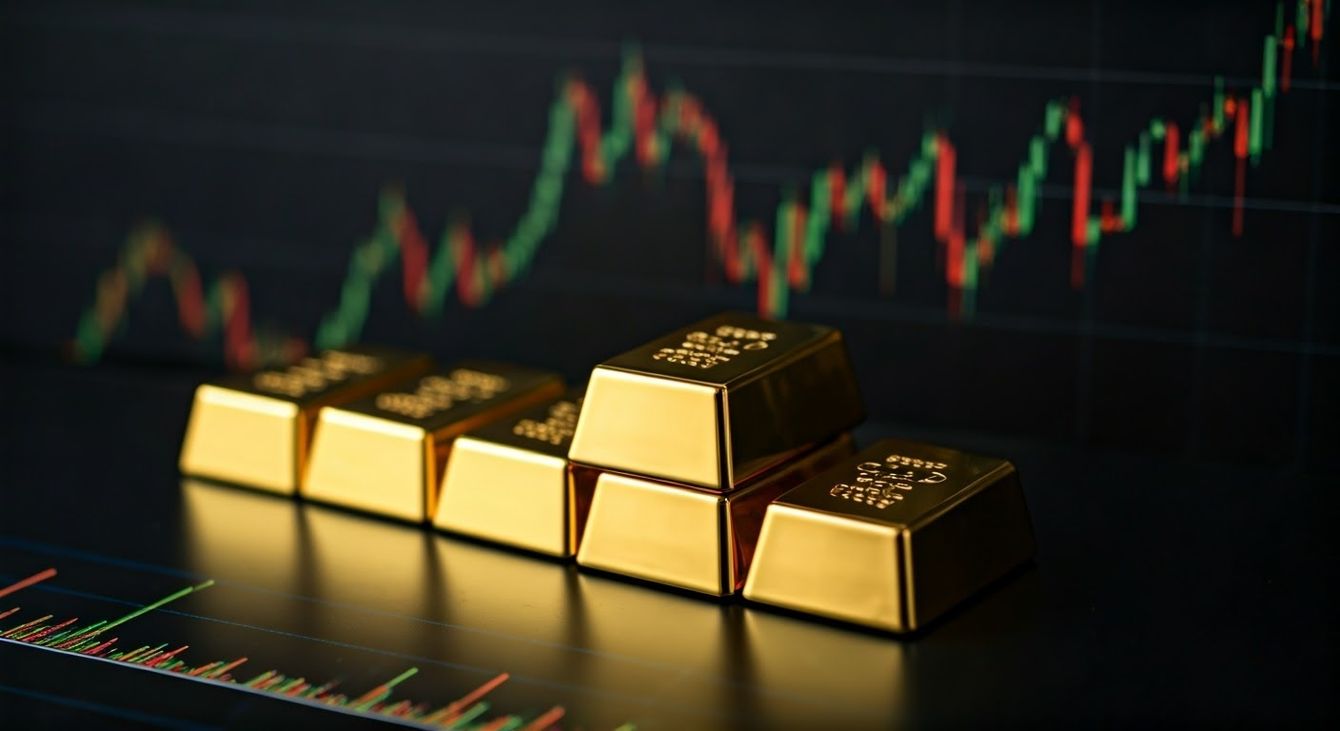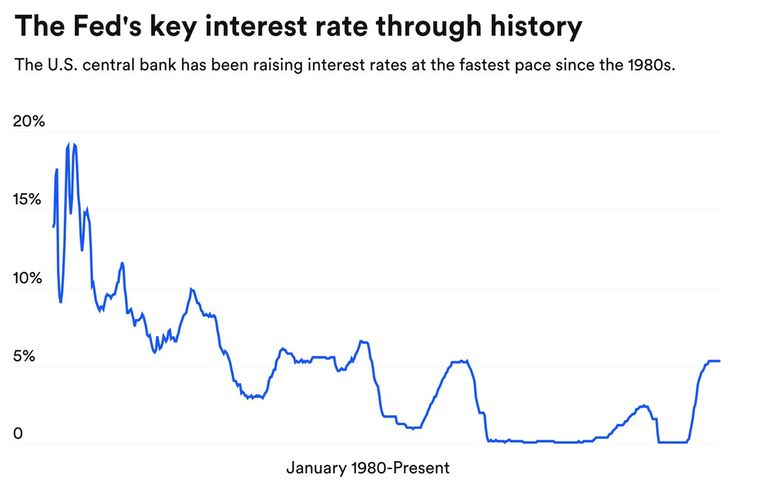Live Spot Gold
Bid/Ask
2,508.602,509.60
Low/High
2,492.902,529.80
Change
-15.30-0.61%
30daychg
+126.10+5.29%
1yearchg
+571.50+29.50%
Silver Price & PGMs

(Kitco news Wed. Aug 28th, 2024)- While the gold rallies to new all-time highs in 1979 and 2011 were followed by price declines of 50% or more, the current price levels may actually be sustainable this time around, according to an analysis from Tim Zyla in the Jerusalem Post.
“Gold has had two major peaks in the past 50 years — in 1979, and 2011 — but 2024 just joined the club after gold recently broke through a trend line connecting the two previous tops 32 years apart,” he wrote, sharing a chart which shows the yellow metal’s break above its 45-year-old historical trendline.

Zyla suggested that the key question is whether this milestone should be interpreted as bearish or bullish. “While conventional wisdom suggests a linear chart is hardly conclusive evidence of any one-directional move, let’s compare the world economies in 1979 and 2011 to gain insight into gold’s next move,” he said.
He first paints a picture of the geopolitical and economic environment in which the gold rally of 45 years ago occurred. “The year is 1979. The USSR had just invaded Afghanistan, Margaret Thatcher had been elected prime minister, and the U.S. was experiencing its first nuclear accident at Three Mile Island,” he wrote. “More importantly, inflation is at an unprecedented 11% year-over-year, and the unemployment rate is nearly 6%. That sounds worse than the post-COVID-19 economy — and certainly was — at least until Paul Volcker stepped in.”
Zyla said that the incoming Federal Reserve chairman proved himself to be “the hawk of all hawks. He saw the economic issues and said there was only one way to fix them—pain.”
Under Volcker’s leadership, the federal funds rate peaked at 20% by June 1981. “Understandably, gold prices plummeted from the top and never reached the same level until 32 years later, in 2011, after Volcker’s drastic moves,” he noted.

The events surrounding the 2011 gold rally were different, he said, but gold’s price rise was also driven by specific geopolitical and economic shocks.
“While the 1979 inflation event was spurred by an energy crisis stemming from the Middle East, gold’s spike in 2011 can be attributed to one major factor — the bad behavior of global banks — and several minor contributors,” Zyla wrote. “Gold became the most sensible alternative after the U.S. government decided to save most banks from bankruptcy by using taxpayer money to offer bailouts. The situation the U.S. government was entering was unprecedented. Not many economists knew precisely what the effects would be, so naturally, investors turned to the safe-haven asset of gold.”
By August of 2011, the yellow metal was trading above $1,900 per ounce in the spot market before it once again embarked on a downtrend that saw it lose over half of its value peak-to-trough.
He pointed out that once again, as soon as the narrow and specific economic and financial drivers of the gold rally were removed, the precious metal gave back its gains.
“The U.S. government’s policy of bailing out the banks provided short-term worry that boosted gold, but as years went on and the practice proved to be successful, gold’s price began steadily dropping as the prospect of a global financial collapse subsided,” he said.
Zyla said that this rally is unlike the other two. “The main difference in gold’s massive move upward now compared to the two previous rises is obvious — no significant or cataclysmic event is causing the move up,” he observed. “Sure, inflation is real, but nowhere near the levels seen in 1979, and there aren’t many people out there right now calling for the entire financial system to collapse.”
“Both drops from the peak in 1979 and 2011 were relatively quick and violent, giving retail investors little time to react, but because of the more laid-back nature of gold’s rise this time around, that’s unlikely to reoccur,” he concluded. “While short-term corrections are always possible, there is little to suggest gold won’t continue its momentum this time as the Federal Reserve hints at easing monetary policy.”
Posted by:
Jack Dempsey, President
401 Gold Consultants LLC
jdemp2003@gmail.com

